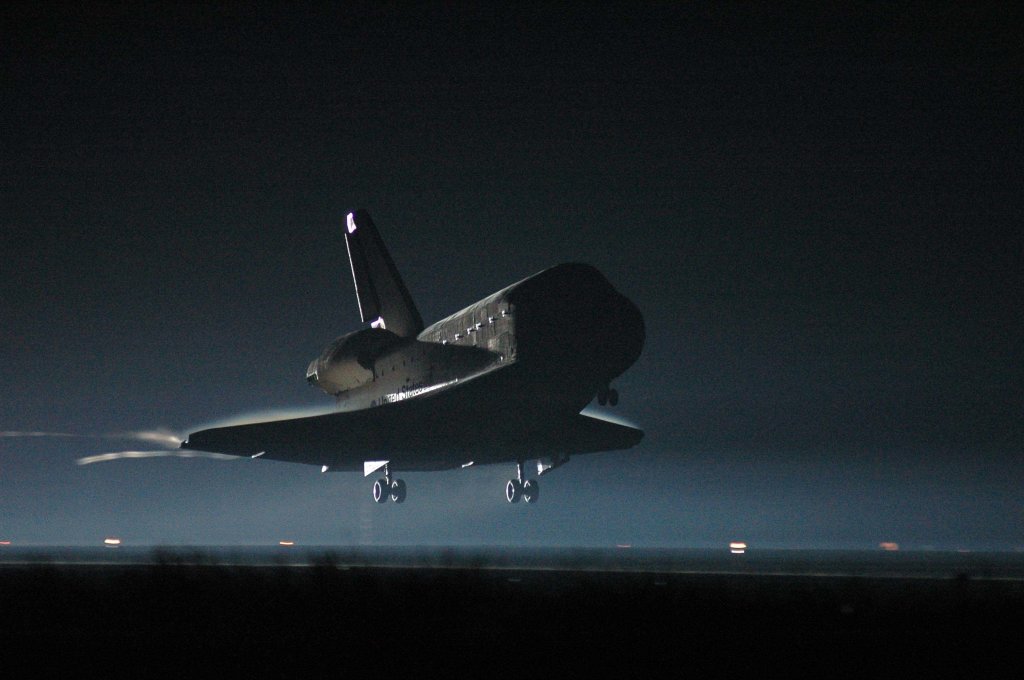Last year, President Trump drew headlines all over the world with the announcement that he intended to establish a new branch of the American armed forces dedicated solely to orbital and deep-space defense. This new Space Force would be responsible for defending America’s sizeable satellite infrastructure from potential attack and hardening the means by which America has come to rely on orbital technology in day to day life as well as defense.
The concept wasn’t without its critics, with some discounting the very idea of space defense as a flight of fancy and national level competitors accusing America of militarizing an otherwise peaceful theater… but the truth of the matter is, space has been a battlespace since mankind first started lobbing rockets at it.
The Space Race, which was in every appreciable way an extension of the Cold War that benefited from good PR, may have ended with Neil Armstrong and Buzz Aldrin landing on the moon in 1969, but the race to leverage space for military purposes continued going strong for decades to come. In fact, one could argue that reaching the moon marked only the end of the public-facing space race, but not the end of the competition between American and Soviet space programs.
So heated was the race to militarize space during the Cold War that the Defense Department actually already had a Space Force of sorts starting way back in the 1970s. This secretive program was vast, with a $3.3 billion California-based spaceport meant for secretive space shuttle launches into polar orbit, a secret group of 32 military-trained astronauts, and plans to fly more shuttle flights per year than NASA itself at one point.
The military astronauts weren’t actually called astronauts — they were called Spaceflight Engineers, and in total, the Air Force’s Manned Spaceflight Engineer Program had 134 military officers and civilian experts assigned to it. These men and women worked out of the aforementioned California launch complex as well as the Pentagon’s own version of mission control in Colorado, and a third facility in Los Angeles that housed the Spaceflight Engineers themselves.
In the early days of the program, some of the Pentagon’s astronauts even hitched rides on NASA shuttle missions hoping to increase cooperation and cross-train on flight methodologies.

